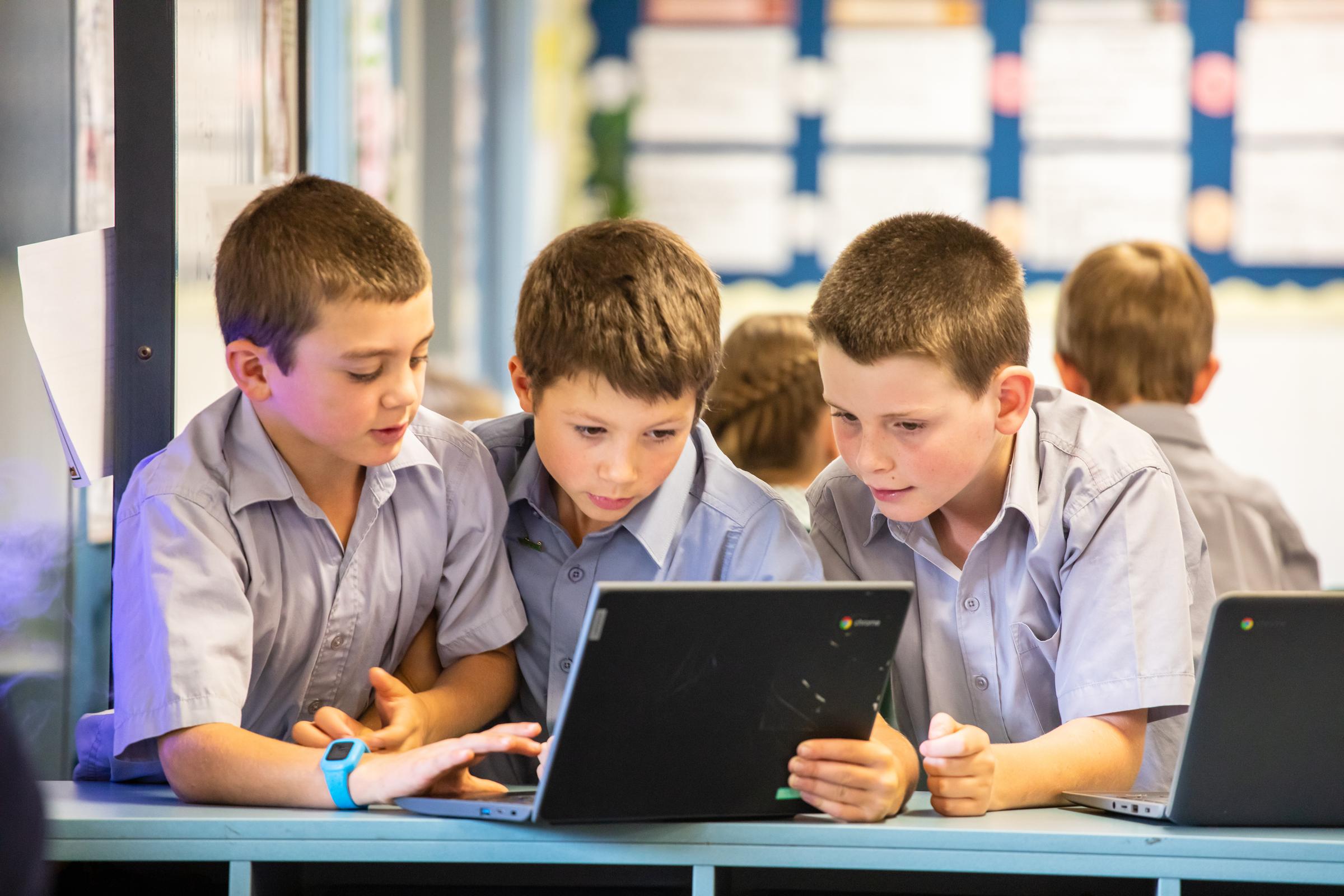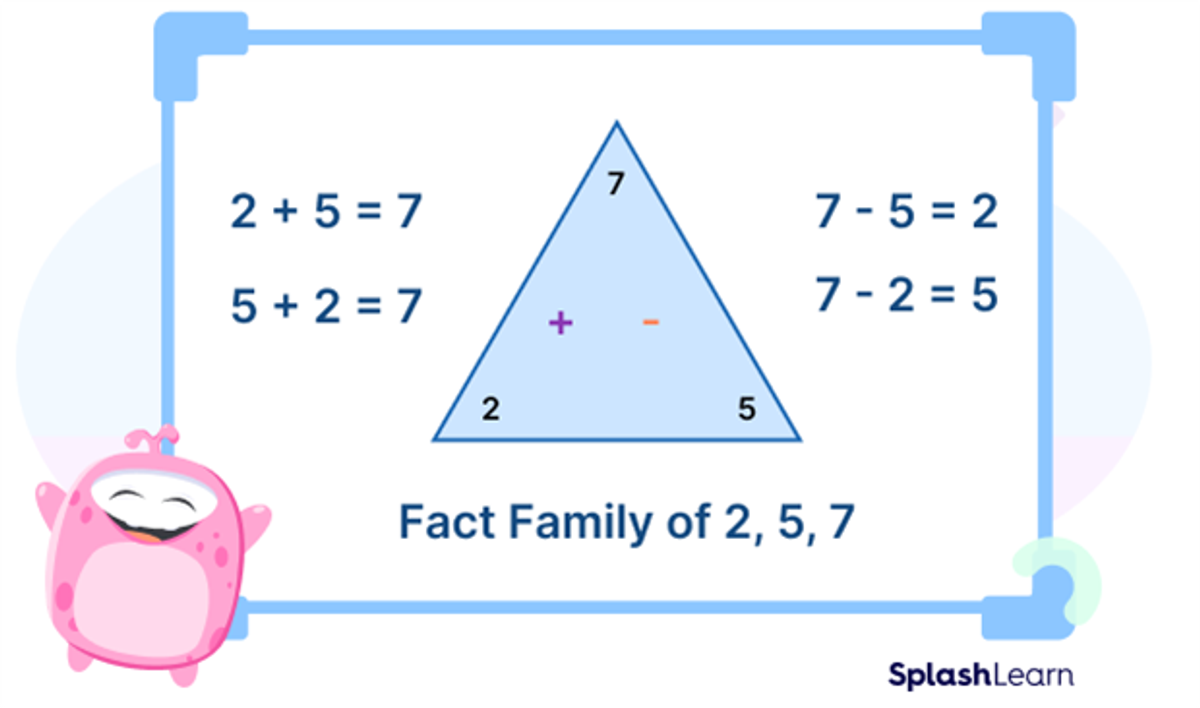A Look at Learning

End of Year Assessments and How to Support your Child with their Learning During this Time of Year.
With the end of the school year coming to a close, our students will soon be completing testing for PM reading benchmarks and also other formalised testing including PAT Maths and Reading Assessments to assess their learning progress for the year. Our goal is for all students to reach their highest potential in all key learning areas, especially literacy and numeracy. It is with the ongoing support from our families as the primary educators of our children in which we see the greatest success for our students, especially in the early years.
Our students' aspirational PM Reading Benchmark targets for each grade at the end of each school year are as follows:
- Kindergarten - Level 8
- Year 1 - Level 15
- Year 2 - Level 22
- Year 3 - Level 30
- Year 4-6 - Level 30 and above
We know that each family is different and juggling the busyness of work, school, home/farm and extracurricular activities can be quite challenging on a daily basis. As a result, our school understands that ‘homework should be a purposeful learning experience which may consolidate, extend and/or enrich the school’s learning program. Reading and spelling are the primary components of homework (St Mary of the Angels School Staff Handbook 2023).’ Establishing short homework routines will help to support your child’s learning whilst encouraging more family time to foster quality relationships. Use the following homework timeframes as a guide for your children (during weekdays only) and only commit to completing tasks when a positive experience can be achieved for both children and parents:
- Kindergarten - 10 minutes per day including reading
- Year 1/2 - 10-15 minutes per day including 10 mins reading
- Year 3/4 - 15-20 minutes per day including 15 mins reading
- Year 5/6 - 20 minutes per day including 15 mins reading
If you are interested in helping to support your child’s learning at home, you might find the following activities helpful to assist them with their learning development which could be fitted into the time frames above:
- Talking with your child about their learning - ask these 5 questions
- What did you learn today?
- How did you go?
- What did you do if you didn’t understand?
- How can you improve on your learning?
- What are you most proud of? (Lyn Sharratt - Clarity: What matters most in learning, teaching and leading 2019)
- Talking with your child about their Home Talk task to prepare for their in class Big Write and to develop their oral language skills.
- Reading Practice:
- Students reading to parents, siblings or other family members using either readers, books or reading apps,
- Parents reading books with their children (if possible),
- Or listening to audiobooks (these are available on our SORA Library App)
- Practice of targeted spelling words
- Basic Maths skills and using real life home based maths activities such as cooking etc.
- Practising quality routines at home to support children with organisation and planning skills
- Family/Community service time: importance of service to family and community: writing a letter to elderly, contributing to household chores as part of their service to the home.
If time is short, please dedicate time to listen to your child read to you or practise basic maths skills. This will help them to continue to practise and apply their learned strategies and to receive feedback about how they are going.
Please contact your child's teachers for any further tips on how to help your children with their learning at home.
Tips for Kindergarten Parents:
Multiplication & Grouping:
Putting objects together in equal groups helps children to understand early multiplication. Encourage your child to move objects to create equal groups. There are lots of opportunities to make and show equal groups in everyday life. Think about events when sharing is needed and ask your child to help you create equal groups.
• Sharing equal amounts of food
• Baking biscuits or cupcakes where the mixture is shared equally
• Building 2 Lego towers the same height
• Giving equal amounts of time to play with a toy
• Organising your toys into equal groups.
• Sharing out cards for a card game
One of the best ways to explore equal groups is to make unequal groups and problem solve together how
to make them equal.
Tips for Year 1/2 Parents:
Fact Families and Addition & Subtraction Facts
Recently your child has been learning about Fact Families. What is a fact family? Fact families are usually represented in the form of a triangle, as shown in the below image. The three numbers forming the fact family are written in the three corners (near the vertices) of the triangle.
The operation’s sign connecting the three numbers is usually written in the middle. For the addition fact family, the sum of the numbers is usually written at the top vertex, and the numbers being added are written at the vertices at the bottom.
Take a look at the fact family triangle with fact family numbers 2, 5, 7.
Fact families are vital to understanding complex math operations.
One of the reasons fact families are so important is because they help children learn their addition and subtraction facts. When children first learn these facts, it can be difficult to keep track of all the combinations. However, by grouping them into fact families, children can more easily see the relationships between the different facts.
A fact family is made up of three numbers and can be made up of at least four math facts. For example, if a child knows that 3 + 4 = 7 then they can also deduce that 4 + 3 = 7 and 7 – 4 = 3 and 7 – 3 = 4.
You can see that each number bond fact is related to two other facts in the family. In other words, they share two of the same numbers.
Subtraction can be especially difficult for some students than addition, but fact families can often help. Overall, fact families can be a helpful way for children to remember their facts, especially in the early stages of learning them.
Mass:
Mass and weight are different as weight is a force created from the gravitational attraction to the Earth's centre.
Weight is the force acting on an object, weight can change depending on the gravitational force, for example you would weigh less on the moon as the gravity is weaker there, however your mass remains the same.
- Ask your child to look around at home and find objects that they would describe as being light. Once they have a collection of "lights" you could ask them to find objects that they would describe as heavy.
- Discuss the mass of items from your shopping as you put them away. Ask “Is this tin of tuna lighter or heavier than this bag of sugar?” Use words that describe the mass of objects when you are engaging in daily family activities, e.g. “Your school bag is heavy today because you have that heavy book in it.”
- Measure the weights of ingredients with your children when baking.
Thanks heaps
Tiffany Ahumada
SORA
Please remember that all students have access to SORA, our digital library platform. Simply access the website Here.
- ACEN Member Collection
or select
- I have a setup code (at the bottom of the screen)
YOUR SETUP CODE IS: CENETAU
You will be prompted to:
- Sign into your school
- Select ACEN Member Collection from the drop down menu.
- Log in using your own personal username and password
Username: is your school email address
Password: is the same password that you use to log into your Chromebooks every day at school!

